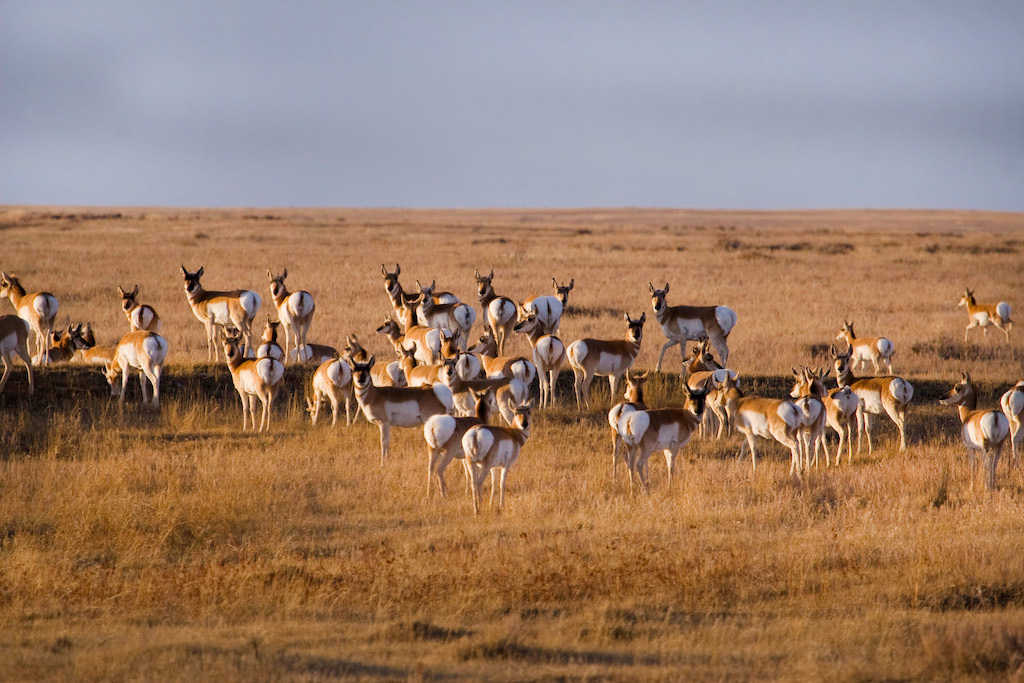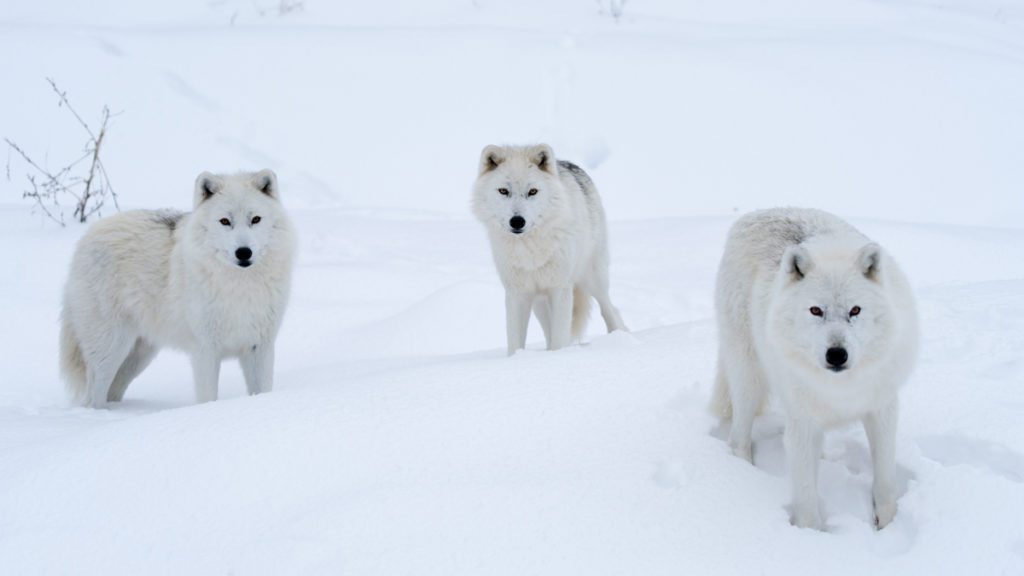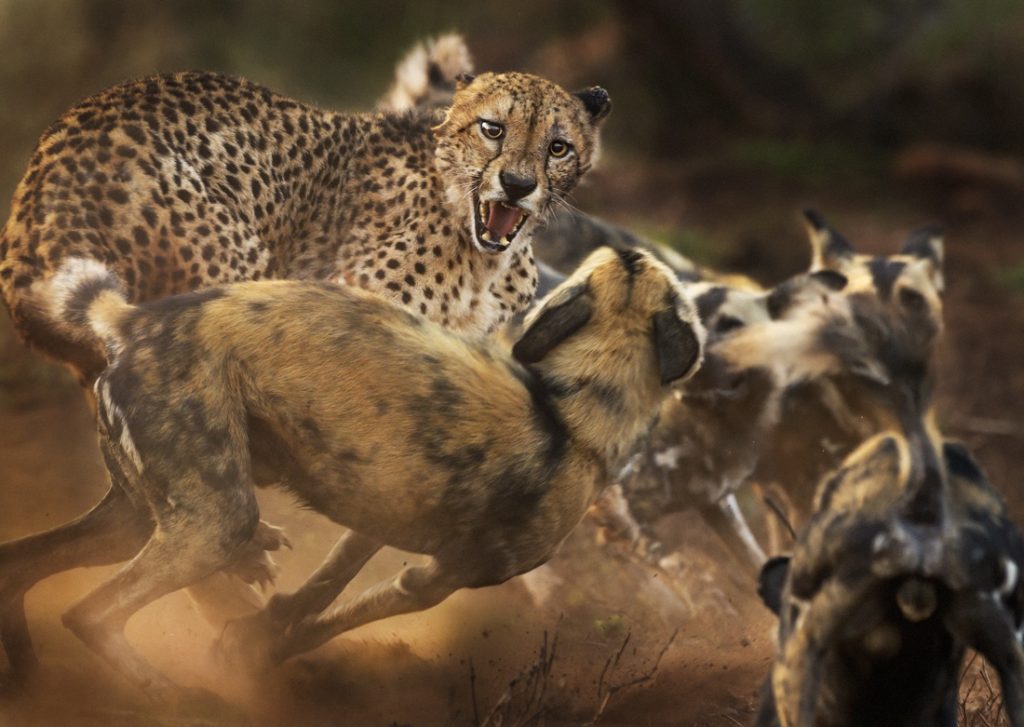Gun and ammunition sales in the U.S. have skyrocketed in recent years. And although it may come as a surprise, this trend has supported conservation activities.
That’s because every firearm and bullet produced or imported into the U.S. is subject to an excise tax dedicated to wildlife conservation and restoration. In 1998, these taxes generated about US$247 million in inflation-adjusted apportionments to state fish and wildlife agencies from the federal U.S. Fish & Wildlife Service, which collects and manages these funds. By 2018, these revenues had more than tripled to $829 million.
These taxes on guns and ammunition sales provide a growing share of budgets for state fish and game agencies. But as scholars of environmental politics, conservation and wildlife management, we have found that the growth in conservation funding driven by exploding guns sales presents at least three critical moral and ethical issues.

First, the original argument for using gun taxes to fund conservation was that most gun users were hunters who used lands and wildlife, and should help to support those resources. But our research shows that gun use is increasingly unrelated to hunting.
Second, the recent spike in gun sales is linked to violence and social unrest. Even if most gun owners never commit a crime, this means that overall, conservation is benefiting from gun-related social strife and harm.
Finally, recent changes to the law allow the use of gun-related excise taxes to support activities with little or no connection to hunting, wildlife or outdoor recreation.
A marriage of guns and conservation
At the end of the 19th century, many wild species across the U.S. were threatened by over-hunting and unregulated markets for wild game products. Companies used bison bones to make “bone china” and bird plumage to decorate hats. Many species were hunted to the brink of extinction. Some, like the passenger pigeon, were fully exterminated.
In an effort to restore game populations for sport hunters, federal and state governments established fish and wildlife agencies. But these offices were often underfunded.

What: animals, wildlife, pronghorn antelope
Where: Reserve
Photographer: Dennis Lingohr
Rights: APF Staff
CR2 0508 antelope_2.jpg
APR_07957.jpg
The Federal Aid in Wildlife Restoration Act of 1937, commonly known as the Pittman-Robertson Act, increased conservation funding by redirecting an existing excise tax on firearms to a dedicated wildlife management fund. Over time, the law expanded to include excise taxes that manufacturers today pay on long guns, handguns, ammunition and archery equipment. To access these funds, states must use fees from hunting licenses exclusively to support fish and wildlife agencies.

Pittman-Robertson funds make up a large fraction of state fish and wildlife agency budgets. In 2018, for example, we estimate that about 25% of the Ohio Division of Wildlife’s $62 million appropriations came from excise taxes generated by Pittman-Robertson. In Massachusetts, the number was 43%.
Fewer hunters, more gun sales
The idea behind Pittman-Robertson was simple enough: Taxes on hunting supplies should support the agencies that manage wildlife. This idea persists today. Gun manufacturers and fish and game agencies regularly celebrate hunters’ financial contributions to conservation.
Since the early 2000s, however, gun and ammunition sales have begun to disconnect from hunting. Nationally, the number of hunters declined from a peak of 17 million in 1982 to 11.5 million in 2016. By comparison, in the same year, Gallup estimated that about 93 million Americans owned guns.
These numbers suggest that only about 1 in 8 gun owners hunted in 2016. This pattern echoes a 2015 analysis by Southwick Associates, a consulting firm that works closely with the firearms industry, that found that 80% of firearms sales in 2015 were for nonhunting activities like sport shooting, gun collecting and self-defense.

Other outdoor recreational activities, meanwhile, are growing. Birding, hiking and backpacking are consistently among the fastest growing outdoor recreation activities. Birding increased by 232% from 1983 to 2001. Unlike hunting and fishing, there is no federal requirement for people who engage in these activities to contribute to conservation.
Profiting from social violence
Although most guns sold in the U.S. will not be involved in violent crimes, Pittman-Robertson does not differentiate between firearms and ammunition used for hunting and sport shooting versus those that are used to harm people. The guns and bullets involved in over 45,000 gun-related deaths in 2020 generated excise taxes used to fund wildlife conservation. This means that protecting public lands and wildlife is irrevocably linked to social violence. It is also why some commentators worry that gun regulations could hurt conservation efforts.
Data also shows that firearms sales are motivated by fears of violence and social unrest. Gun sales have increased following mass shootings and racial justice protests and during the COVID-19 pandemic. Anecdotal evidence suggests that over the past two years, some African Americans and Asian Americans purchased their first guns out of fears of rising anti-Black and anti-Asian violence.

Wildlife conservation is benefiting from the fear, racism and sustained social conflict that drive gun sales. This raises a moral question: Is this the right way to fund conservation?
Promoting nonhunting gun use
As gun sales grow, the firearms industry has pushed to use Pittman-Robertson funds to support nonhunting gun uses. Gun manufacturers and sportsmen groups endorsed a set of reforms to Pittman-Robertson that became law in 2020. These changes allow state and federal agencies to use Pittman-Robertson funds to promote recreational shooting and purchase land for shooting ranges.
Some organizations are concerned that these changes will redirect funding from wildlife restoration to target practice and marksmanship. But hunting and shooting organizations argue that the new rules will generate more money for conservation activities. As a former president of the Association of Fish and Wildlife Agencies stated in a recent interview: “The goal is to improve and build more shooting ranges, this is where the money comes from.”

New sources for conservation funding
Other groups have proposed ways to make wildlife conservation less dependent on guns.
One idea from some backcountry hunters and Forest Service employees is to create a “backpack tax” on equipment used for outdoor activities like hiking and birding. The outdoor industry has opposed these proposals, arguing that it is impossible to discern the actual use of outdoor products, and that such taxes may create more barriers for low-income individuals to participate in outdoor activities.
Another proposal – this one embraced by the outdoor industry – asserts that Congress should leverage existing funds from other sources to support conservation. Moving away from funds generated by hunters could also give state agencies greater freedom to undertake projects for species other than popular game like deer and elk, which often are the focus of state conservation policies.

This idea has bipartisan support and is moving through Congress as part of the Recovering America’s Wildlife Act. That bill would direct $1.3 billion from the Treasury to the Pittman-Robertson Account, with a dedicated portion for endangered species recovery.
So long as hunting is part of the U.S. model of wildlife management, firearms will be intertwined with conservation. As we see it, though, proposals to change funding sources could help to address the moral concerns that grow out of this relationship, and could create opportunities for more effective conservation.
![]() This article is republished from The Conversation under a Creative Commons license.
This article is republished from The Conversation under a Creative Commons license.
Related post :
-
So You Wanna Be An Arctic Wildlife Photographer?
-
It’s Not Simply the NPS—Price range Cuts Are A Actual Drawback for Wildlife Refuges
-
12 Superb Australian Wildlife Experiences
-
The Wildlife Monsoon Safari’s in India
-
The Most interesting Wildlife Images of 2019 Run the Full Emotional Gamut

